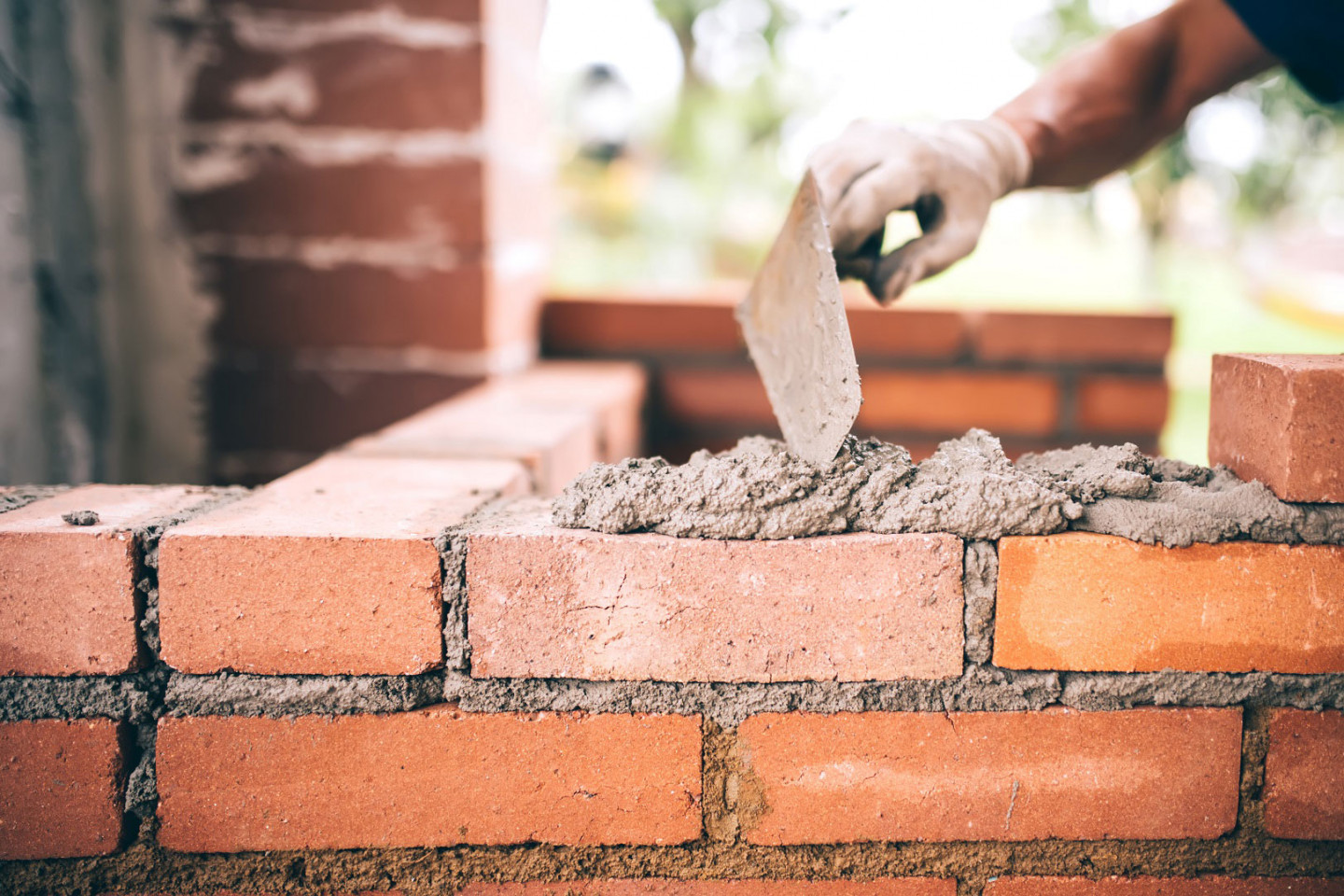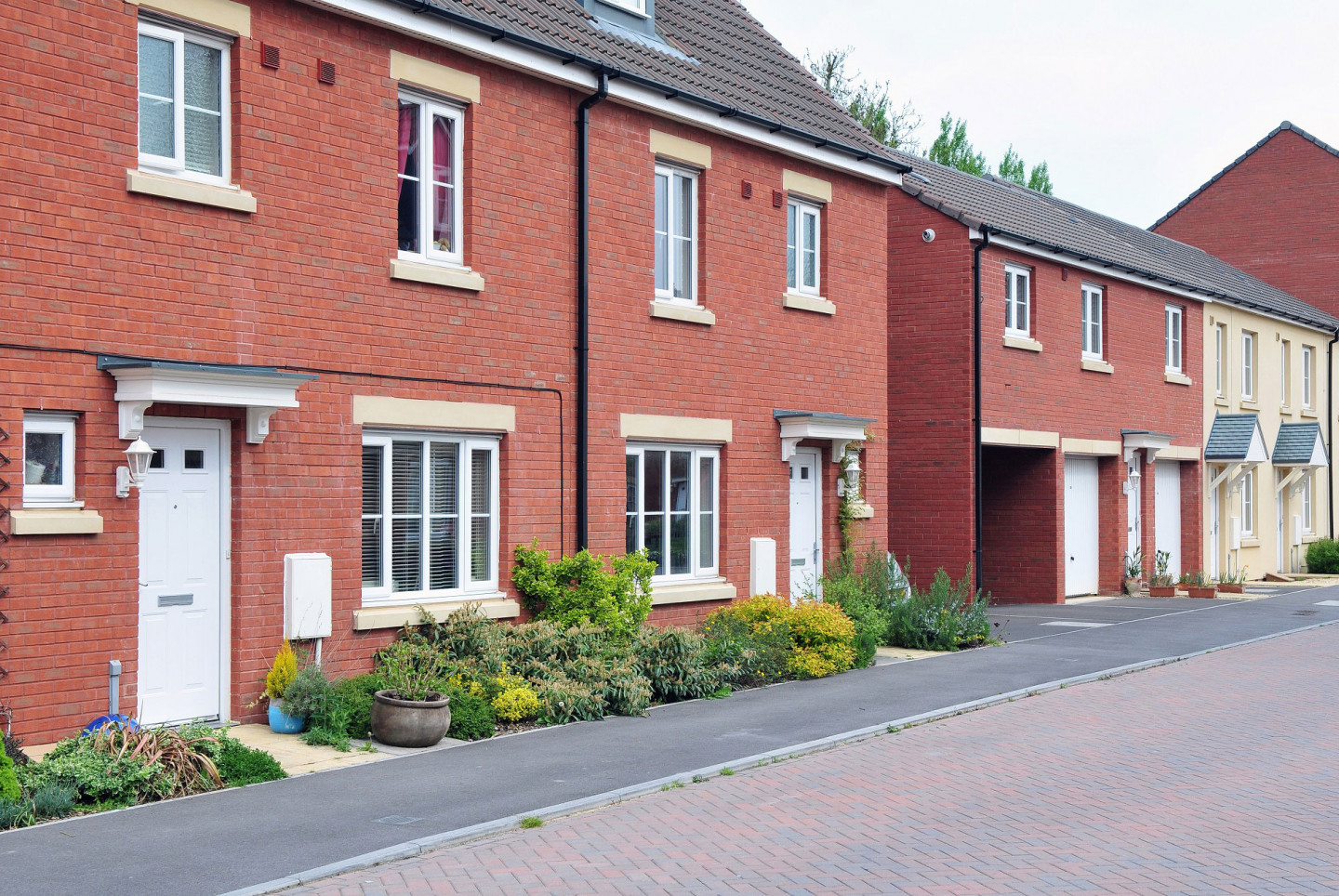Homeowners and tenants were forced to spend more time at home. The home became a workspace, school, gym, and replacement for hospitality. And for many, more time at home meant more time experiencing their local community and what it has to offer them in terms of quality of life, amenities, and infrastructure.
The changes experienced in the last 12 months have been the focus of various debates from ‘polo mint’ economies/ communities, revivals of local high streets and even discussions around the ’15-minute city’ where everything is within 15 minutes of residents’ homes. There have been reports of people moving from urban areas into the suburbs or even into rural locations, motivated by changes to their personal situations and working lives and rooted in individual aspiration about how and where they want to live. COVID has had a big impact on the way people live and what they want and look for in their communities.
So, how do architects, specifiers, housebuilders, landlords, and social housing providers respond to what could be several emerging long-term trends accelerated by the pandemic, and balance the ongoing challenges of providing quality, affordable housing that plays its role in achieving the nation’s sustainability targets?
Answering this question is important as the sector strives to deliver acceptable and sustainable housing and community solutions against the backdrop of increased regulatory demands, enshrined within the Future Homes Standard, as set out in the significant changes to Part L and Part F of the Building Regulations.
With the reduction of UK emissions by 78% by 2035 compared to 1990 levels set in law, actions need to be taken to achieve this goal across industry. And it’s clear the Government has identified the nation’s housing stock as an enabler of this change. It is seeking better energy reduction performance from homes and communities and views the nation’s housing portfolio as a key element to drive sustainable living standards, promote greener living spaces, and deliver energy efficiency wins for the long-term. While some Government initiatives such as the Green Homes Grant Scheme have been scrapped for homeowners, the finance is being rerouted to support local authorities improve social housing stock.
In addition, the recent publication of the Social Housing White Paper, which provides a charter for social housing tenants that sets out seven key commitments they can expect from their landlords, adds another layer of regulatory oversight.
Against the backdrop of these regulations, initiatives, and guidance, and to try to unpick how the COVID experience has affected the views and behaviours of homeowners and tenants and how they assess their living spaces and their wider communities, Marley has commissioned independent research. The findings shared here capture insight from 2,000 adults consisting of homeowners, private and social housing tenants alongside some commentary from the architectural community.


